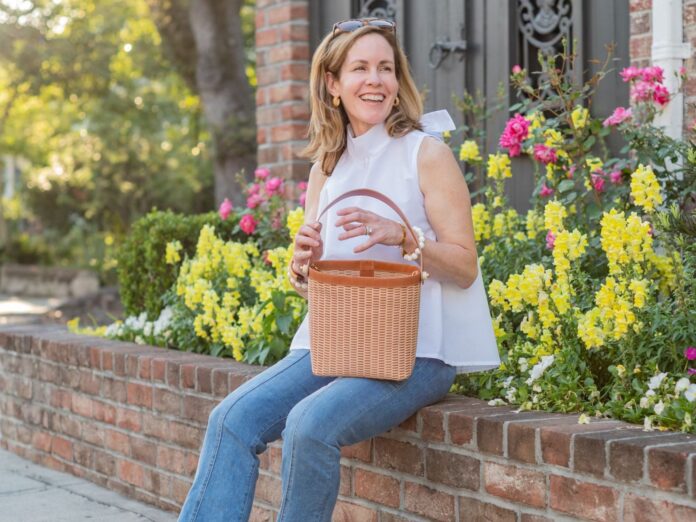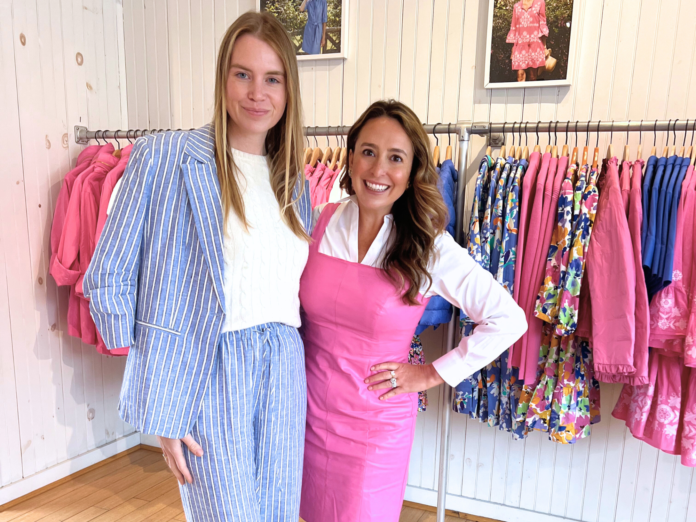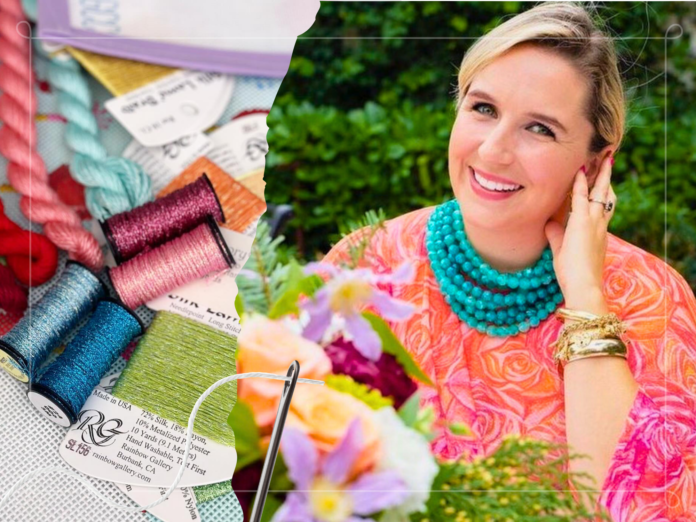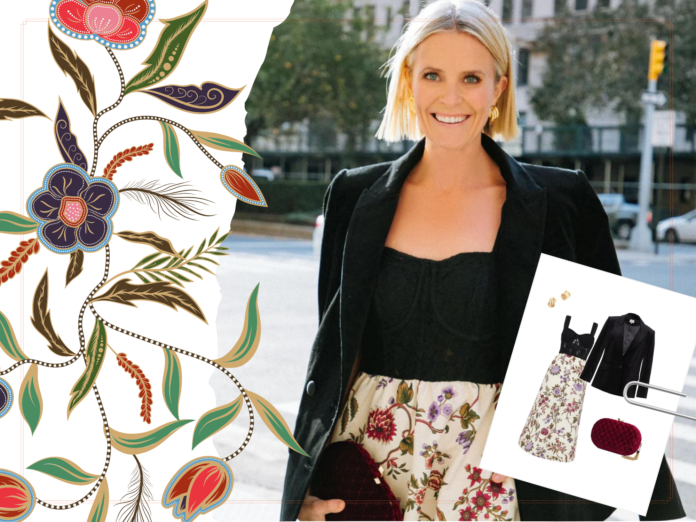Meet Anna Barnes, the inspiring influencer and content creator behind Bliss & Bellinis, a blog born from a perfect blend of Italian piazza magic and classic, feminine style. After sipping her first, freshest Bellini, Anna knew life should be all about those moments of bliss—and her platform brings that spirit to life!
In our exclusive off-the-grid conversation, Anna shares the story of how she went from a PR pro to a full-time creative, balancing her passion for content creation with her love of small, local businesses. She takes us behind the scenes of her signature style—think chic dresses, red lipstick, and timeless New England coastal vibes.
Dive into her Nantucket favorites (hello, Painkiller cocktails and beachside bike rides!), her dream collab with Hill House Home, and her best advice for living a life that’s equal parts fun and fabulous. If you’re looking for creative inspiration, a perfect summer escape, or just an excuse to raise a glass to life’s simple pleasures, you’re in the right place. 🥂✨
Read the full conversation with Anna and discover why Bliss & Bellinis is the creative escape we all need right now!
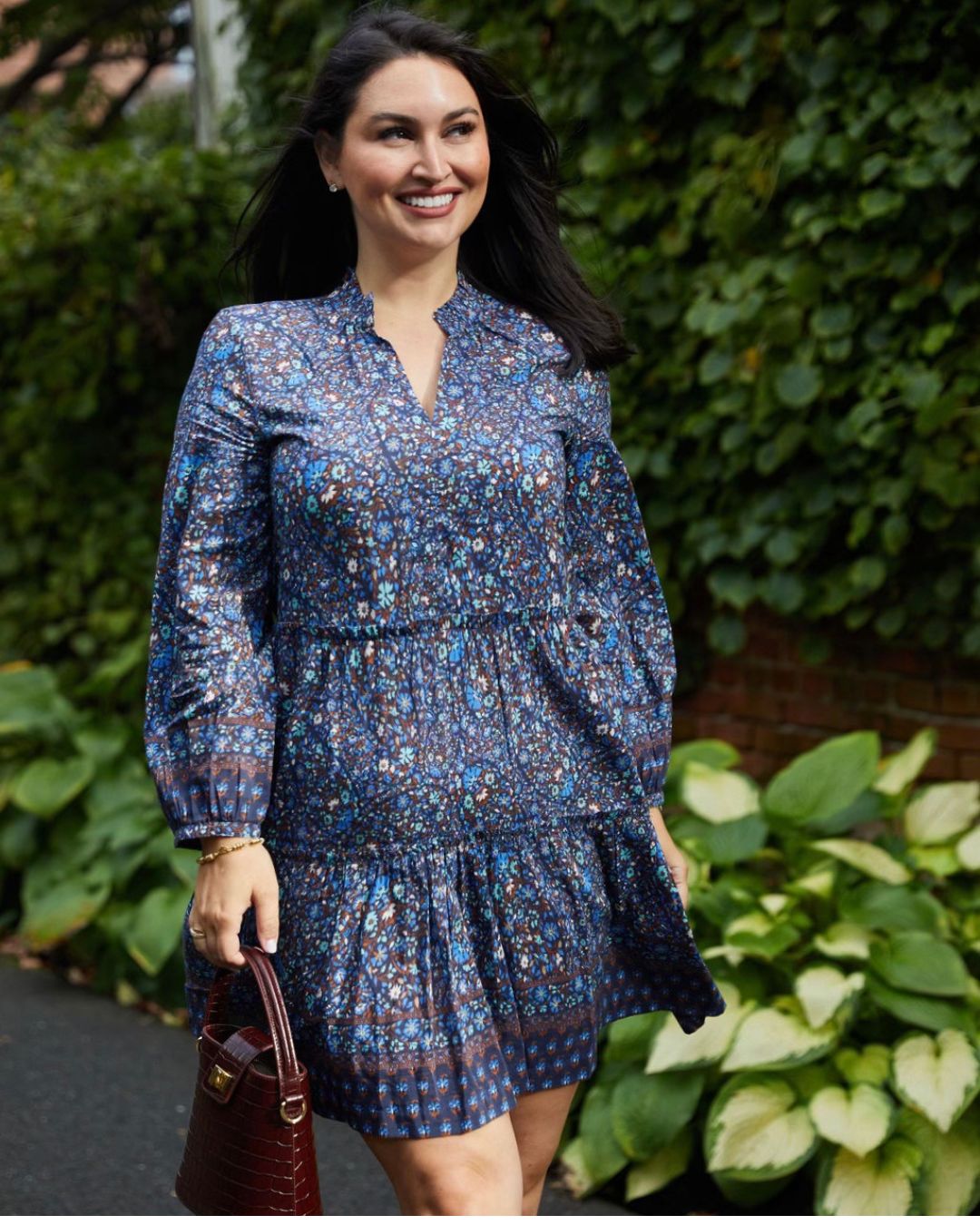
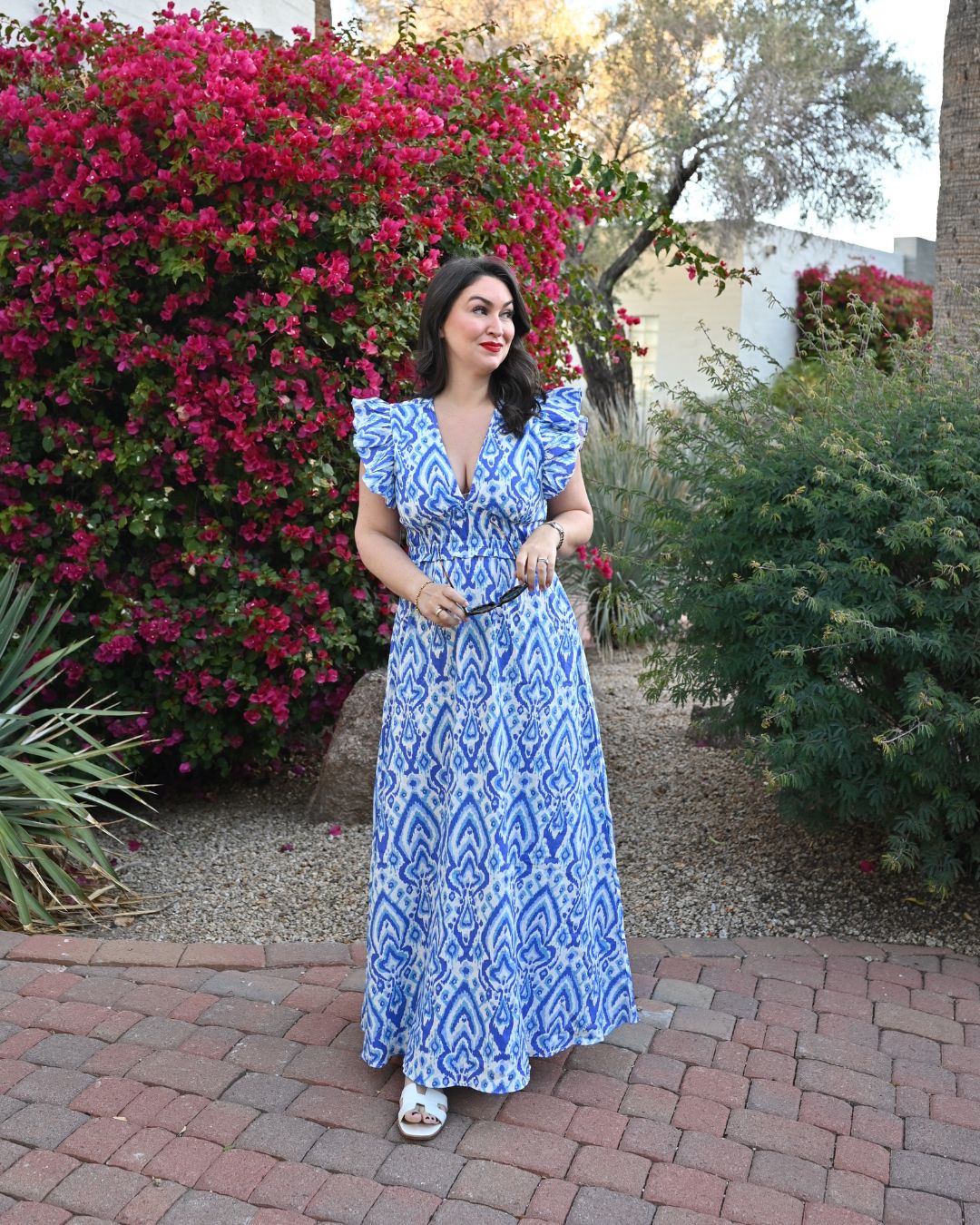

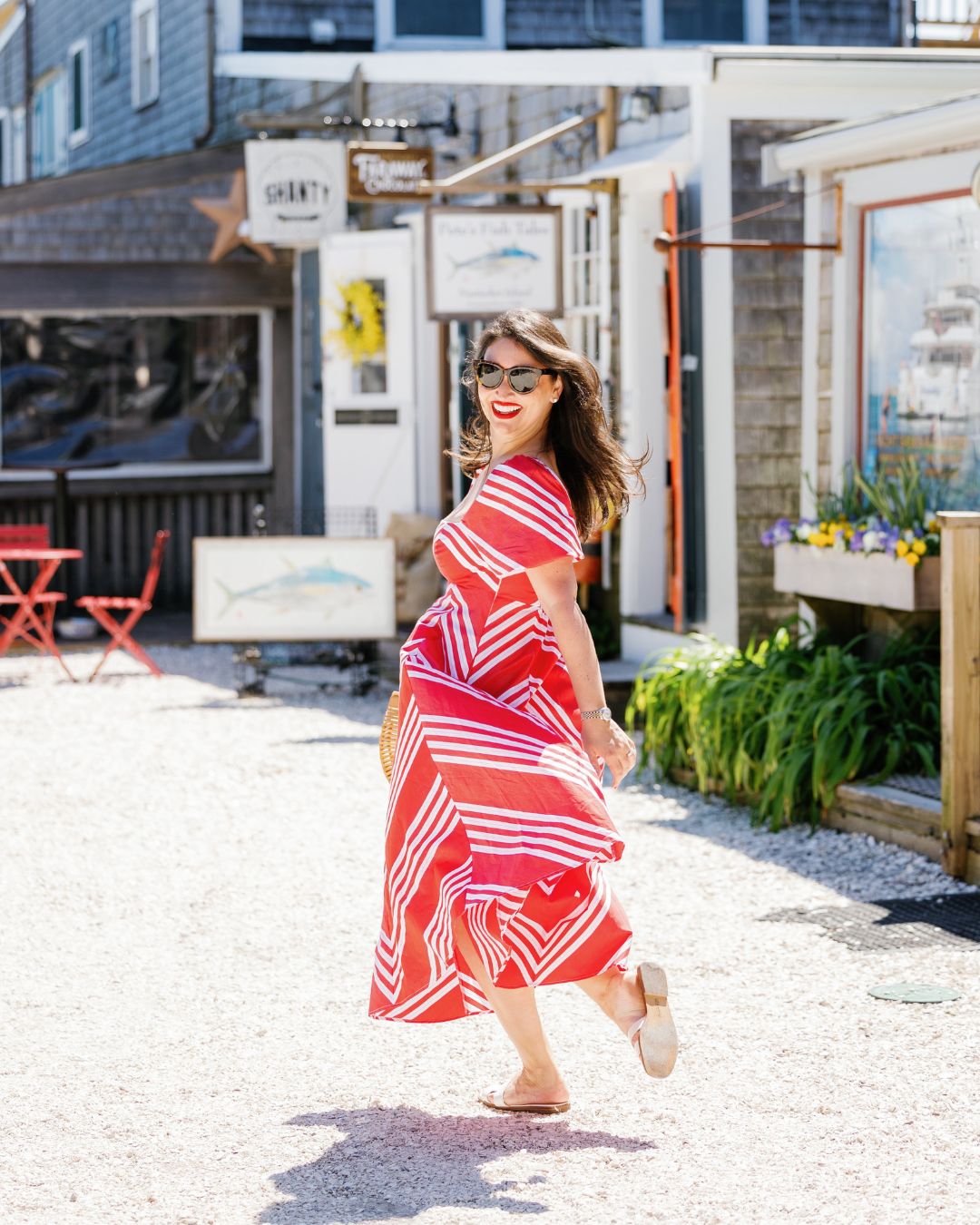
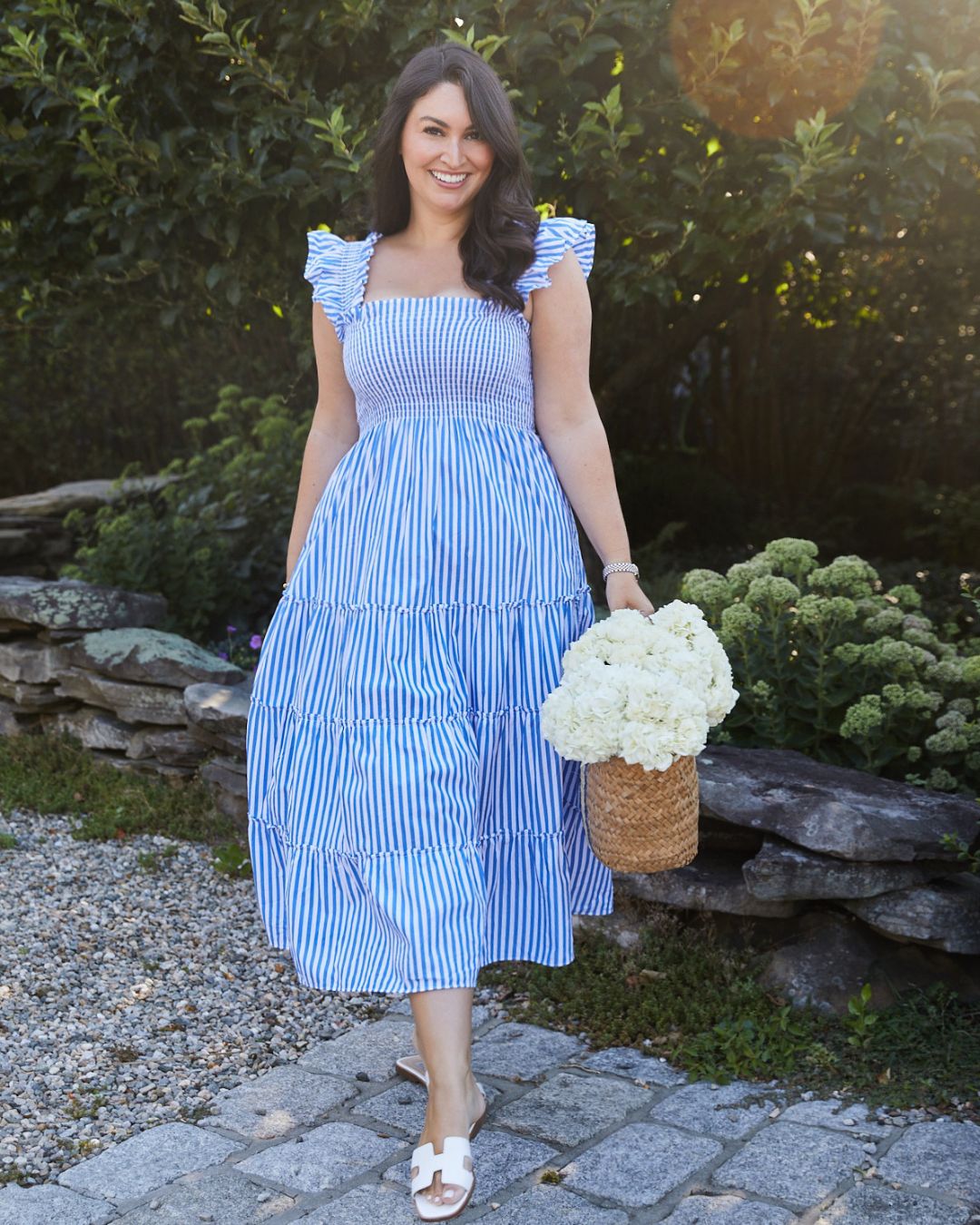


Where does the business/brand name come from? What was the inspiration for choosing it?
I lived in Italy the summer I turned 20. One night, I was sitting in a beautiful Piazza and tasted my first (and the freshest) Bellini I’ve ever had. It was pure bliss. I jokingly started saying “Life can’t be all Bliss & Bellinis, but it should be” and it stuck from there.
What inspired you to start the brand/go into business?
I was so inspired by the OG bloggers I read in college everyday: Atlantic Pacific, Cupcakes & Cashmere, Gal Meets Glam, Lemon Stripes. I knew I wanted to create my own little corner of the internet but with grad school on the horizon, I knew I needed to put all my brain power in my thesis. I promised myself that once I was done with grad school, I’d let me creativity take over. I turned my final thesis is on May 4th 2014, and Bliss & Bellinis went live the next day.
How would you describe your style or aesthetic?
Classic, feminine, fun and comfortable. Usually wearing a dress.
Did you always have a passion for this industry?
I used to create magazines at home and share them with my female classmates starting in elementary school. I’d make fun quizzes to determine what season you’re most like, or what’s your color aura and write about fashion we wish we could wear (think American Eagle and Limited Too but hey, girls in plaid uniforms can dream!) I’ve also genuinely loved sharing tips and hacks with my friends. I’m the opposite of a gatekeeper, I LOVE sharing where I got something, how to make something easier, recipes, etc. The blog became just another way to share little things that work for me.
Who/What has inspired your career in this field?
Emily Schuman. I read Cupcakes & Cashmere from the very beginning. She, so effortlessly, shared her life, recipes, hacks, makeup tips, and so on. She was *the* cool girl (and still is!) And my parents! I mentioned to them, while in grad school, that a blog may be something I’m interested in, I’m a lucky kid because I’ve always had their unwavering support. Theirs were the first two emails in my system. My dad was very creative and loved the idea, though he always referred to it as my “column” but none-the-less he had a writer in the family! 🙂
What is the greatest reward of running your own business?
Working with small, local business. They truly fuel our communities and I’ve loved being able to support and share them with my own community.
What’s been the greatest challenge?
I work in PR as my “normal 9-5” job so sometimes work and life get busy and unfortunately my passion project takes a backseat.
What is currently inspiring you creatively?
My female friendships, Sezane, summer sunshine, and as always: red lipstick
How has the the sites and scenes of New England played into your brand?
I’m originally from Ohio so the magic of New England, especially in the summer, is not lost on me. The beautiful homes, the glimmer of the water at golden hour, the hydrangeas, seaside-scapes; its all just perfection.
What is your New England or Coastal Happy Place?
I truly love where we live but recently I visited Nantucket for the first time and I think that may take the cake.
My Perfect Day in that place would be…
Waking up early to a slow morning before a stroll around town, perhaps bopping into a few boutiques, especially For Now. Breakfast & coffee outside before grabbing bikes and riding to Jetties. Lunch is, of course, a packed sandwich from Born & Bread. Is there anything better than enjoying a sandwich on the beach?! An afternoon in the sun, followed by buck-a-shuck oysters and cold Painkiller cocktail at Sandbar- a must. Then a leisurely ride back to get changed for dinner and out for the night.
Do you have a Dream Project, Product or Collaboration?
Hill House Home, I LIVE in a Nap Dress. I also LOVE to write about travel!
Where do you see the brand in 5 years?
Having fun! For me, my goal is to always be having fun with Bliss & Bellinis. If it starts to feel like “too, too much” I reevaluate my goals.
What is the best advice you’ve ever received?
“If you’re not having fun, you’re doing it wrong.” and “Trust Your Gut”
What is your favorite inspirational quote
“Do the best you can until you know better. Then when you know better, do better.” – Maya Angelou
What are some of your ACK favorites:
- Favorite beach Jetties
- Breakfast or brunch spot Born & Bread
- Dinner spot I loved Provisions!
- Bar Sandbar
- Grab & Go Something Natural
- People Watching Walking downtown
- Ice cream spot and flavor Juice Bar, Mint Chip
- Annual tradition We celebrated my birthday there this year, so perhaps that needs to become one!
- Sunset spot Cisco Beach
- Date night spot Straight Wharf
- A meal you always come back for Still figuring this one out
- Hidden gem Still looking but happy to take any and all recommendations!



